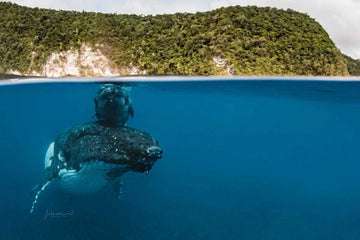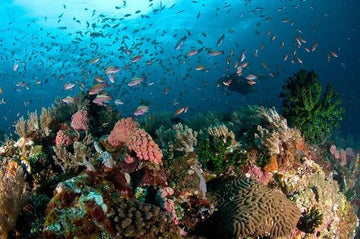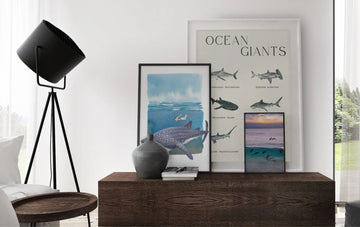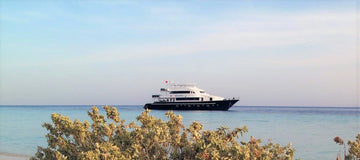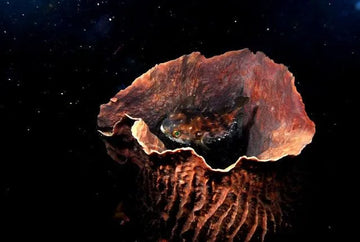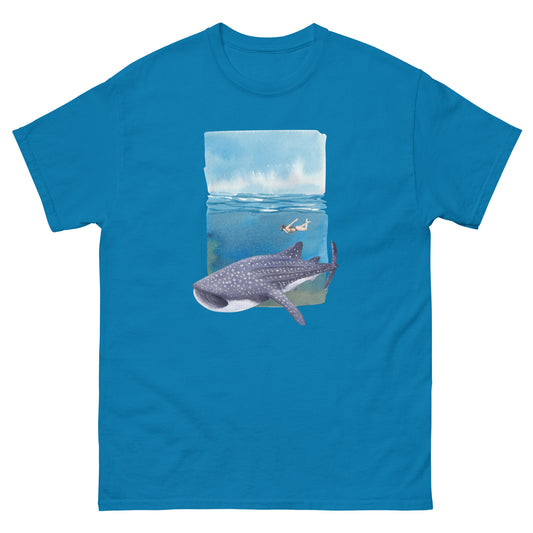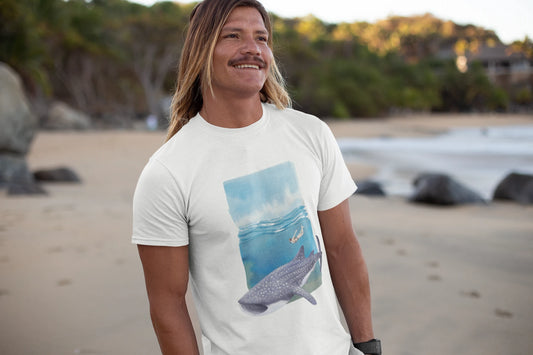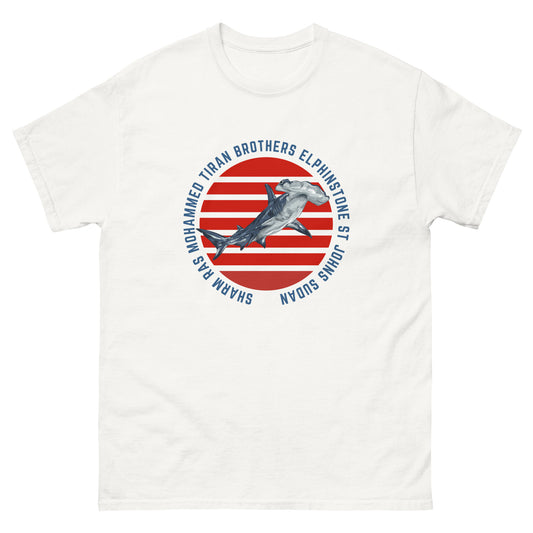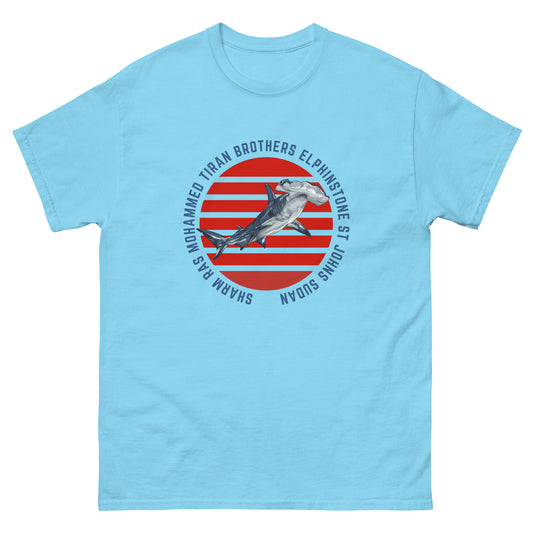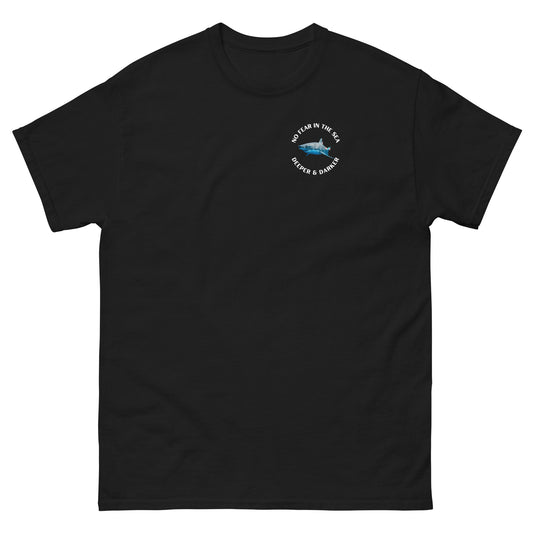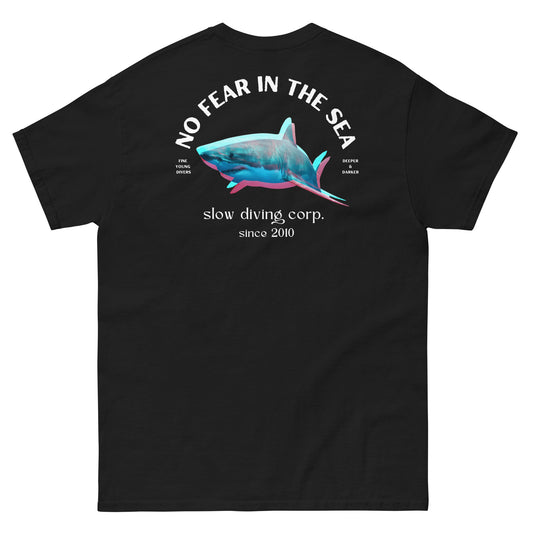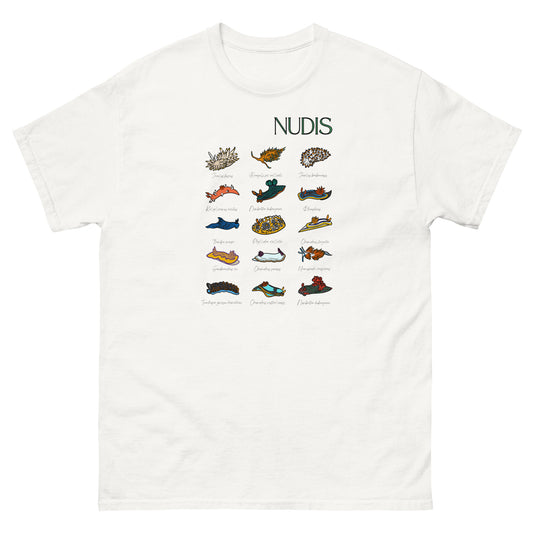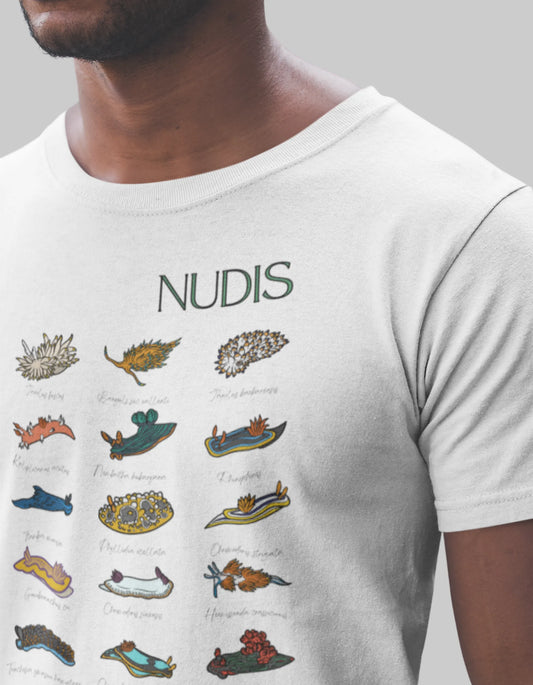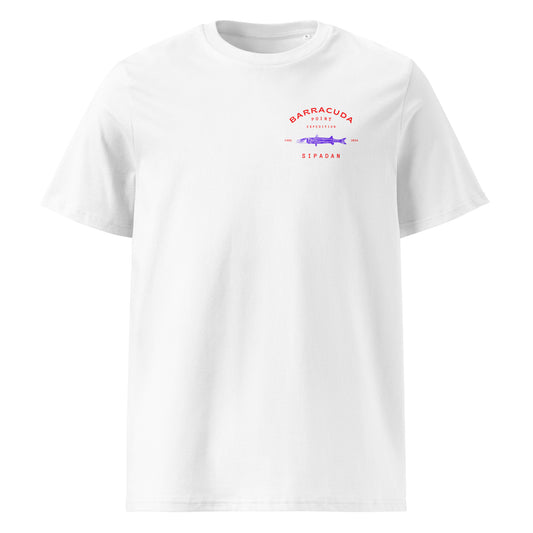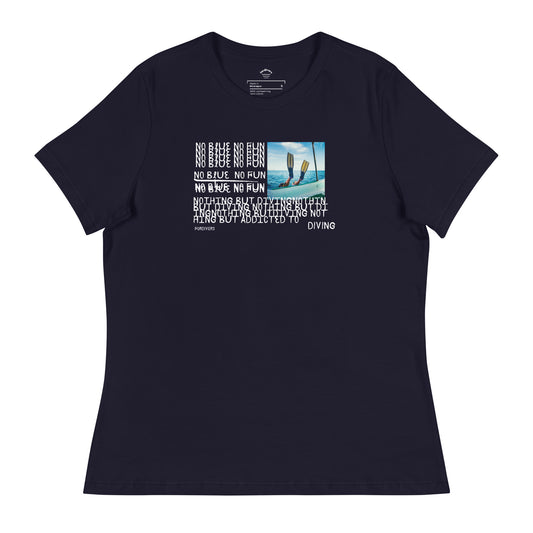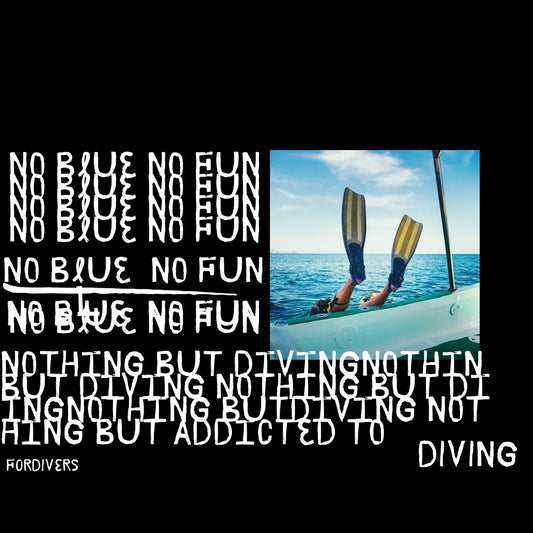Both whales and dolphins are, as mammals, very similar to us humans. We have much more in common than may appear at first glance. Both marine mammals have a bone structure similar to ours, are warm-blooded and give birth to their young.
The biggest differences between these animals and us are found in the environment that surrounds us. For us it is a gas like air, for them is water. Whales and dolphins, in order to live as a species for so many millions of years in this environment, in principle hostile to mammals, have been endowed by evolution with a unique respiratory system that allows them to spend long periods of time (sometimes 30 minutes or more) underwater.
Did you know we have a collection of whale sweatshirts? And if you're into dolphins, we have an organic cotton dolphin T-shirt designed for marine mammal enthusiasts :-)
On land, humans and other mammals breathe involuntarily; we don't have to make the decision to breathe or not to breathe, our body will automatically take in air. But because of their underwater environment, whales and dolphins have to be aware that they breathe: they have to decide when to activate breathing.
Asleep and conscious?
Consequently, in order to breathe, they have to be conscious, something quite difficult when sleeping. To avoid drowning during sleep, it is crucial for marine mammals to maintain control of their blowhole. The spiracle, that orifice (two in the case of mysticete) at the top of the head, allows air to enter and exit the lungs of marine mammals. If they are not conscious it is believed that it would be impossible to identify if they are near the surface to open or close that spiracle.
So, if they have to be conscious to breathe and not drown, how do dolphins and whales sleep? What do they do to sleep and not drown? What happens if they sleep underwater and do not wake up in time to catch their breath? The mechanism that whale and dolphin brains have "found" to rest and not drown is to sleep only half of their brain. Neither whales nor dolphins ever stop being fully conscious and get the rest they need.
Using electroencephalography scientists have studied this phenomenon, mainly in dolphins. In this process they have found that in the sleep cycle half of the dolphin's brain is, in effect, "off", while the other half is still active. The researchers have observed that dolphins are in this state for about eight hours a day.
Marine mammals can take in more air with each breath than most mammals because their lungs are proportionally much larger. In addition, they exchange more air with each inhalation and exhalation and their red blood cells also carry more oxygen.
Another circumstance that allows marine mammals to both dive for long periods of time and sleep while swimming is their higher tolerance for carbon dioxide (CO2). Their brains do not trigger a breathing response until CO2 levels are much higher than what humans, for example, can tolerate. These mechanisms are adaptations to living in an aquatic environment and help during the sleeping process.
Cetaceans reduce the number of breaths they take during rest periods; a dolphin might average 8 to 12 breaths per minute when fairly active, dropping its breathing rate to 3 to 7 per minute at rest.
Dolphin's nap
We cannot know what it feels like in this state of rest in which half of the brain is disconnected from reality. But we can make a good guess. It is probably something like the semi-conscious state we experience as we begin to fall asleep. We are pretty close to unconsciousness but we are sufficiently aware of our surroundings and can wake up fully if necessary.
When marine mammals sleep and swim at the same time they are in a state similar to napping. Young whales and dolphins are able to rest, eat and sleep while their mother swims, towing them along in her wake. At these times, the mother also takes the opportunity to sleep while she keeps moving. A curious fact is that during the first weeks of life of the newborns, they have to keep constantly moving so that the calf does not sink since they are not born with enough body fat to float.
Where do dolphins and whales usually take their naps? They are not known to have a preference for places such as bays or the open ocean, but they do appear to do so near the surface of the ocean so they can get to breathe quickly. It is not uncommon to see dolphins swimming slowly along the surface, with very little movement. Vertically as we have seen in the case of sperm whales, but also horizontally in the case of humpback whales. This type of rest is more common in dolphins, standing horizontally like a log floating on the surface.
Another curiosity occurs in male dolphins during sleep. Adult male dolphins, which usually travel in pairs, swim slowly from side to side, zigzagging when they sleep.
Studies conducted on bottlenose or bottlenose dolphins show that they not only "turn off" one hemisphere of their brain when they sleep, but also close one eye, keeping them awake with a certain level of alertness. This attentive side is used to see predators, obstacles and other animals. It also signals when to come to the surface to breathe. After about two hours, the animal reverses this process, resting the side of the brain that had been alert.
ANOTHER NIGHT NAP
Dolphins and whales also generally sleep at night, but only for a couple of hours at a time. Marine mammals are very active and cannot devote much time to sleep because some of their food, such as deep-sea fish or squid, emerges at night and approaches depths where cetaceans reside. So much of their sleep is done during the day.
From electroencephalogram readings taken from bottlenose dolphins, they spend an average of 33.4% of their day sleeping. It is not known whether they have deep sleep phases, but it is known from studies of pilot whales that they have up to six minutes of REM sleep in a single night.
Sleeping safely at sea can pose problems, but evolution has made it possible for marine mammals to rest in the water without the slightest problem.

